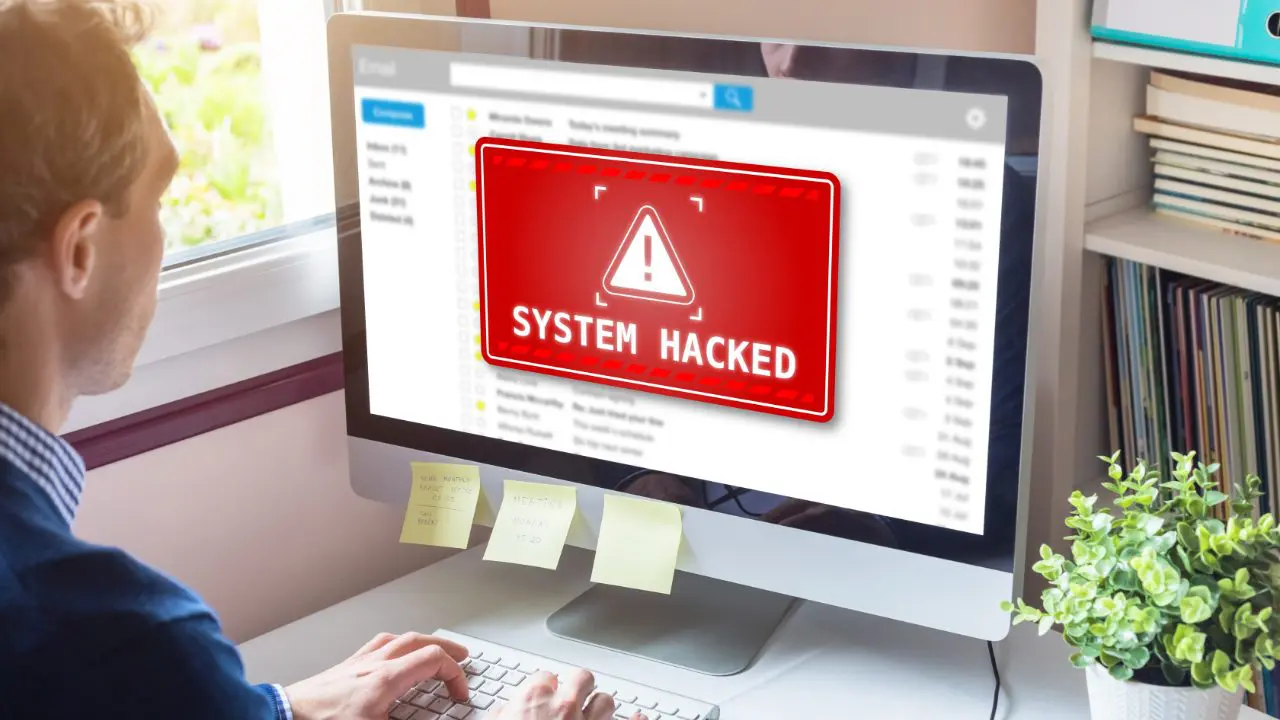
Make no mistake about it. Covid-19 has had a major impact on how we’ll work moving forward with hybrid models rising in popularity across many different industries. While employee mobility is not an entirely new concept for IT professionals and businesses, the past two years has seen the hybrid model evolve from a periodic benefit to a permanent reality.
A big departure from the traditional work model, hybrid work is a flexible approach that enables employees to split their time between the office and home or anywhere else they choose.
According to an Accenture Report, hybrid work models are being used by 63 percent of high-revenue growth companies. A recent Remote Work & Compensation Pulse Survey revealed 44 percent of employees favored hybrid working arrangements.
For businesses and their employees, the hybrid model offers a variety of benefits like higher productivity, efficiency, and improved employee work-life balance. Unfortunately, the shift to this model comes with significantly higher cybersecurity risks such as phishing, ransomware, and other attacks.
And employers and employees are feeling vulnerable. In an AT&T survey of 800 cybersecurity specialists last year, 70 percent of large companies believed that hybrid work made them more susceptible to cyberattacks. In addition, 31 percent of respondents said the main threat were employees working from home and using their own IoT and computers. Here are some other findings from the survey:
- 66 percent (two in three) of remote/hybrid workers say practicing good cybersecurity is a challenge.
- 22 percent cite a lack of adequate training or technical support.
- 18 percent say there is a lack of prioritization by senior management regarding cybersecurity.
- 20 percent (one in five) employees say there is no way they could be encouraged to care about cybersecurity.
Why are hybrid employees so vulnerable to attacks? Here are some of the reasons.
Click here to secure your internet applications and services.
BYOD Can Spell Trouble
BYOD stands for bring your own device, meaning employees are using their own personal devices, including laptops, personal computers, tablets, and smartphones, to connect to their companies’ network to access key information to carry out their projects and assignments.
To do their jobs and securely communicate with their teams and colleagues, hybrid workers need a myriad of applications and data sources that are frequently confidential and proprietary. These devices can help them perform better but BYOD needs to be carefully managed with a big focus on maintaining security.
When employees work from two distinct locations, like home or the office, using different sets of devices, the cyber-attack surface widens for attacks. In other words, there’s double trouble.
Other security challenges
- Unsecured home networks. Other than securing their home Wi-Fi Network with password protection, a vast majority of employees do not know much about network security. A lack of understanding remains about strong passwords, and the various Wi-Fi security standards.
- The phishing is good. For cyber thieves, someone else’s home is an inviting phishing spot. Working here, there, and everywhere, hybrid workers can become distracted, and phishers are aware of this fact. In addition, phishers know remote employees can’t easily ask a colleague for a second opinion on a weird email. Distraction and isolation encourage attackers to step up phishing assaults.
- Growing use of “shadow IT.” With the rise of remote and hybrid work, some employees are deploying “shadow IT,” the use of unauthorized hardware and applications that could open the door for attacks.
- Lost or stolen devices. The office environment is typically more physically guarded. Hybrids can be everywhere and work devices, which are often expensive, are inviting to criminals. In addition, work devices can be more easily misplaced in public venues, and airports.
- Weak patching or none. Unpatched devices are a big cybersecurity risk, presenting well-known weaknesses for attackers to exploit. Employees also tend to downplay the need for patching. Others ignore patching all together because they do not want to restart their devices.
- Cloud computing growth. Enterprises continue to move applications and services to the cloud, offering scalability, operations and development efficiency and remote access benefits for its workforce. However, shifting critical data to the cloud has resulted in security concerns and the need for enterprises to control access and gain visibility into how information is being used, who is accessing and where it is going.
Learn how to secure all your devices and applications by downloading our whitepaper.
The VirnetX Matrix® Solution
With the rise of the hybrid workforce putting the threat of remote attacks at an all-time high, and Ericsson reporting that there will be 24 billion interconnected devices by 2050, what can enterprises do to protect employees, sensitive information, and their businesses’ bottom line?
It’s a big and important challenge, which calls for a smart solution. Enter Matrix. Built on the VirnetX One platform, Matrix gives businesses a solution that will defend hybrid-remote workers from security threats to drive workforce efficiencies, scale operations, and maintain business continuity. By enabling corporate applications to be invisible from unauthorized users, Matrix protects contemporary workforces from sophisticated hackers and mitigates threats.
Launched earlier this year, Matrix is already transcending today’s hybrid-remote workforce by providing employees with seamless and secure access to corporate applications, regardless of location, network, or device.
Matrix provides Zero Trust Network (ZTNA) to applications and infrastructures, flexible end-to-end encryption, and unique secure domain names identities.
Key features of Matrix include:
- Eliminate attack surfaces – Matrix offers protection from external threats including hackers, phishing,
misconfigurations, and denial of service attacks. It limits lateral movement across network applications and services by threat actors. - Trusted Access – Matrix authenticates user access and secures applications and services at the network edge. With Matrix, users can manage access, apply access policies in real-time, and easily understand who has access to information.
- Cloud security – Matrix allows users to easily secure applications in the cloud, on-premises or across hybrid deployments without impacting deployments or experience.
- Cloud-based dashboard – The Matrix dashboard allows IT to manage user applications, control access in real-time, and gain visibility into the users and devices that will have access to enterprise resources.
Hybrid Work is the New Normal
The hybrid work model is here to stay, and businesses need the most effective and efficient cybersecurity platforms and applications to defend enterprises and hybrid employees from a constantly evolving and increasingly threatening cyber landscape. For more information about Matrix, download our white paper: “Remote and Vulnerable: Securing a Changing Workforce from Cyberattacks. In the meantime, please contact us if you have further questions about Matrix. Our sales team would be happy to talk to you.
Click here to learn more about the drawbacks of VPNs.
About VirnetX
VirnetX Holding Corporation is an Internet security software and technology company with patented technology for secure communications, including 4G LTE and 5G security. VirnetX’s software and technology solutions, including its secure domain name registry and Gabriel Connection Technology™, are designed to facilitate secure communications and to create a secure environment for real-time communication applications such as instant messaging, VoIP, smartphones, e-readers, and video conferencing. The Company’s patent portfolio includes over 200 U.S. and foreign granted patents, validations, and pending applications. For more information, please visit www.virnetx.com





